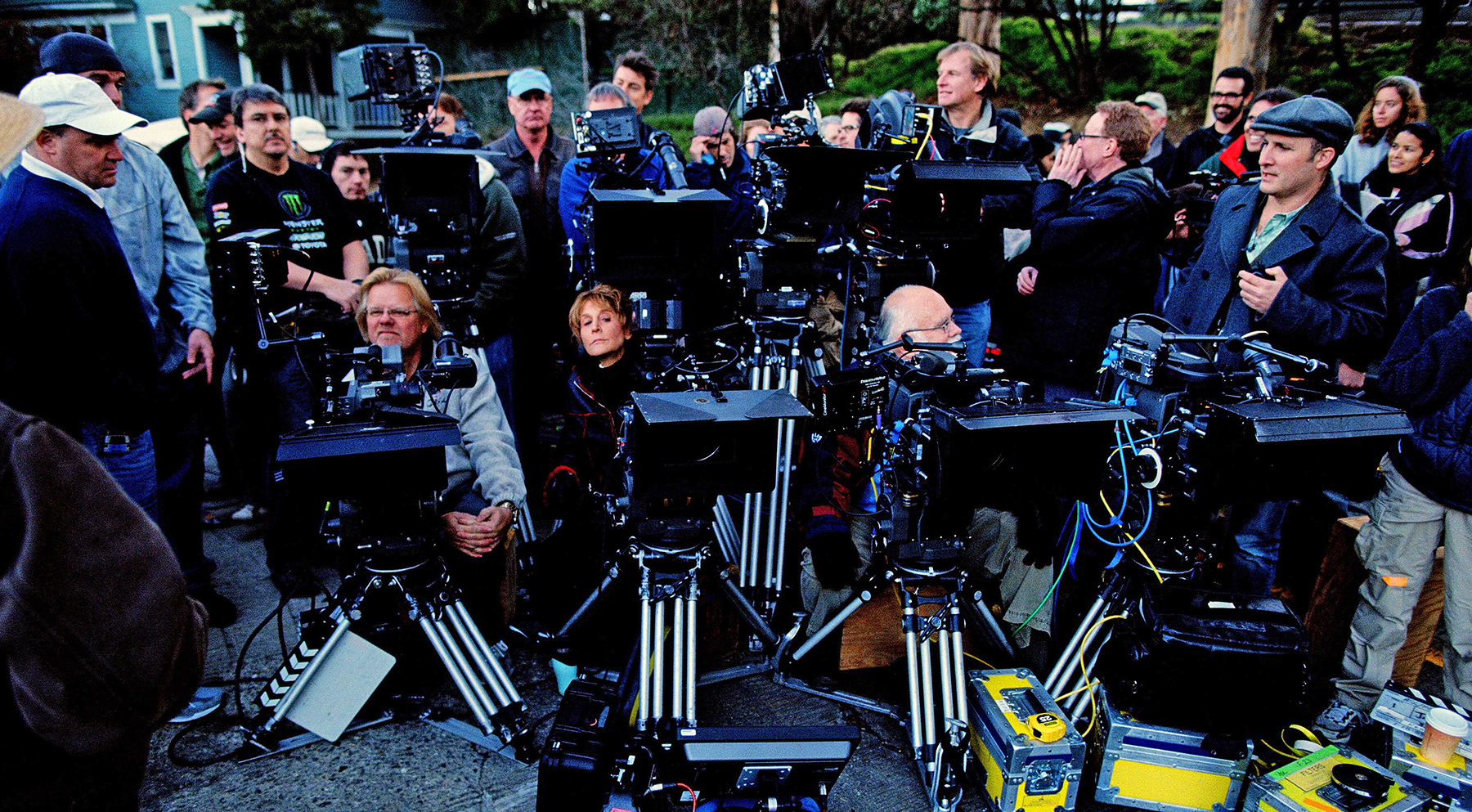
MITC — Continuity of Mission
Since its founding, the ASC has kept cinematographers at the forefront of technological advancements — work that continues today with the Motion Imaging Technology Council.
Since its founding, the ASC has kept cinematographers at the forefront of technological advancements — work that continues today with the Motion Imaging Technology Council.
Lead image courtesy of the Producers Guild of America. Technical Achievement Award photo courtesy of AMPAS. Emmy photo by Frank Micelotta/PictureGroup via AP Images. HPA Award photo courtesy of Capture Imaging.
From the very founding of the American Society of Cinematographers in 1919, one of the organization’s primary focuses has been to bring minds together to study the technological issues surrounding cinematography and establish best practices to follow moving forward. In fact, going back even earlier, this focus had been paramount to the two clubs out of which the ASC was born, New York’s Cinema Camera Club and Los Angeles’ Static Club of America. As the late Arthur Miller, ASC — a longtime active member and former Society president — noted, “These clubs were partly social gathering-places, but they also provided the chance for members to discuss problems of lighting, standardization of frame-line, and other matters concerned with the art of cinematography.”

Throughout the 1920s and ’30s, the ASC’s Research Committee tackled most of the technical issues for the Society. In the March 1932 issue of AC, then ASC President John Arnold wrote, “One of the Society’s earliest achievements was in connection with the introduction of panchromatic film and incandescent lighting.” Ned van Buren, ASC had put panchromatic stock through its paces on the feature The Headless Horseman (1922); following the Society’s further study of the emulsion, it was adopted throughout the industry. The ASC also put incandescent lighting to the test, conducting the Mazda Marathon in 1928 with the cooperation of Warner Bros. and the Academy of Motion Picture Arts and Sciences (AMPAS); the Marathon was an intensive six-day examination of G.E.’s Mazda incandescent lamps, and it led to the industry-wide embrace of the lighting technology.
During the 1930s, the ASC ran this statement in the pages of AC: “The American Society of Cinematographers was founded … for the purpose of bringing into closer confederation and cooperation all those leaders in the cinematographic art and science whose aim is and ever will be to strive for pre-eminence in artistic perfection and technical mastery of this art and science. Its purpose is to further the artistic and scientific advancement of the cinema and its allied crafts through unceasing research and experimentation as well as through bringing the artists and the scientists of cinematography into more intimate fellowship.”
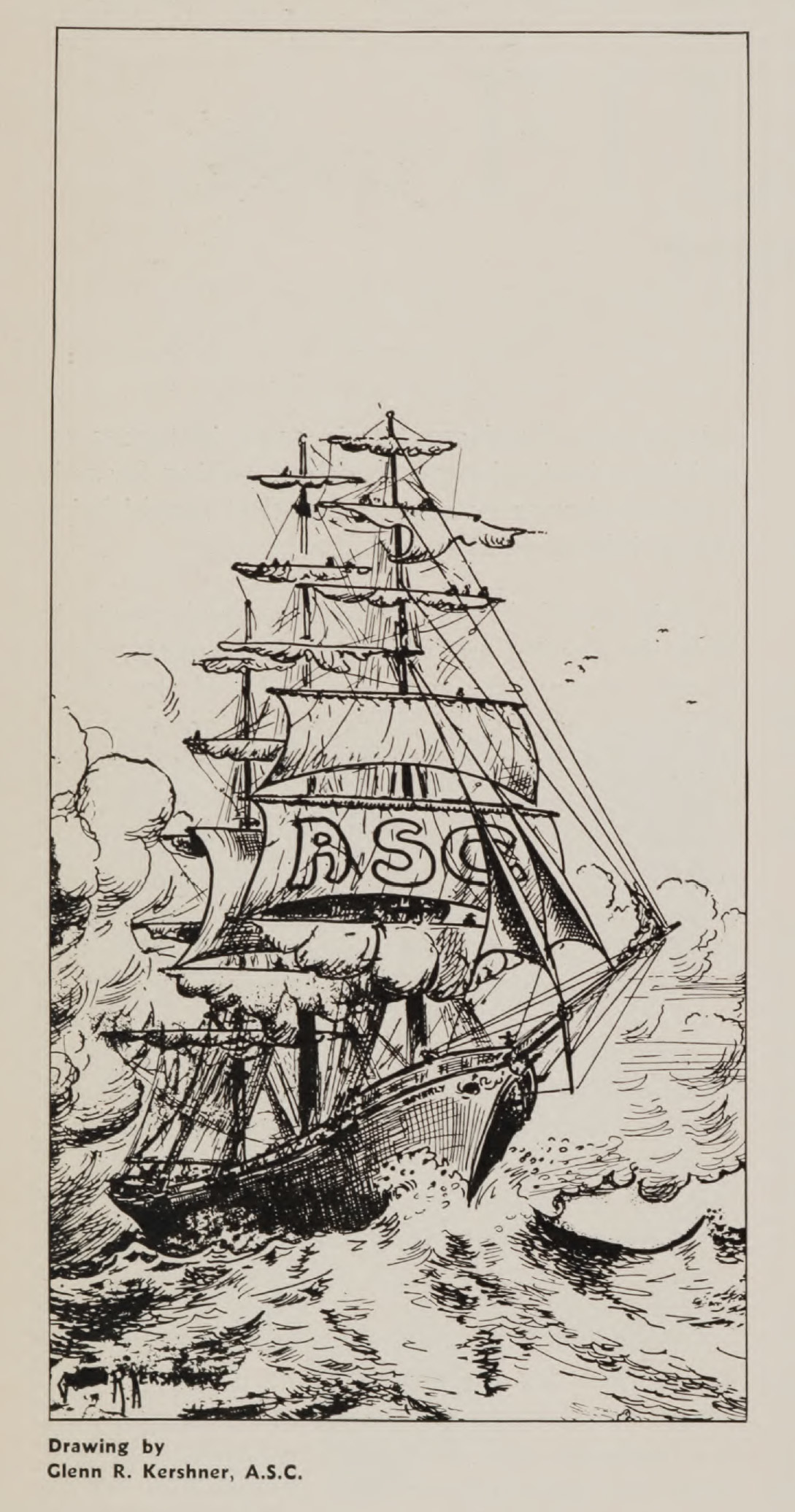
In the May 1933 issue, AC noted that the Society’s “committees have been somewhat enlarged — especially the Research Committee — presaging greatly increased activity in every phase of the Society’s manifold endeavors.” Indeed, the previous year, in the October 1932 issue of AC, the ASC announced a new program to test and approve equipment for the motion-picture industry. Under this program, members of the Testing Committee — which functioned under the Research Committee — would thoroughly test a piece of hardware. Provided the equipment passed the rigorous examination, a certificate of approval would be sent to the manufacturer, along with permission to stamp that piece of equipment with an indication that it had been tested and approved by the ASC. While this is no longer a practice of the Society, it represents a milestone in the history of the organization’s commitment to technical excellence.
As the decades progressed, the Society remained involved in myriad technological innovations, and the Research Committee paved the way for an offshoot Technical Committee. By the latter part of the 20th century, however, the most significant technological innovations in the realm of cinematography tended to involve advancements in the speed and resolution of film stock. But, with the turn of the millennium, the original concept of assembling a collective of members to help refine industry practices would be brought to a new level.
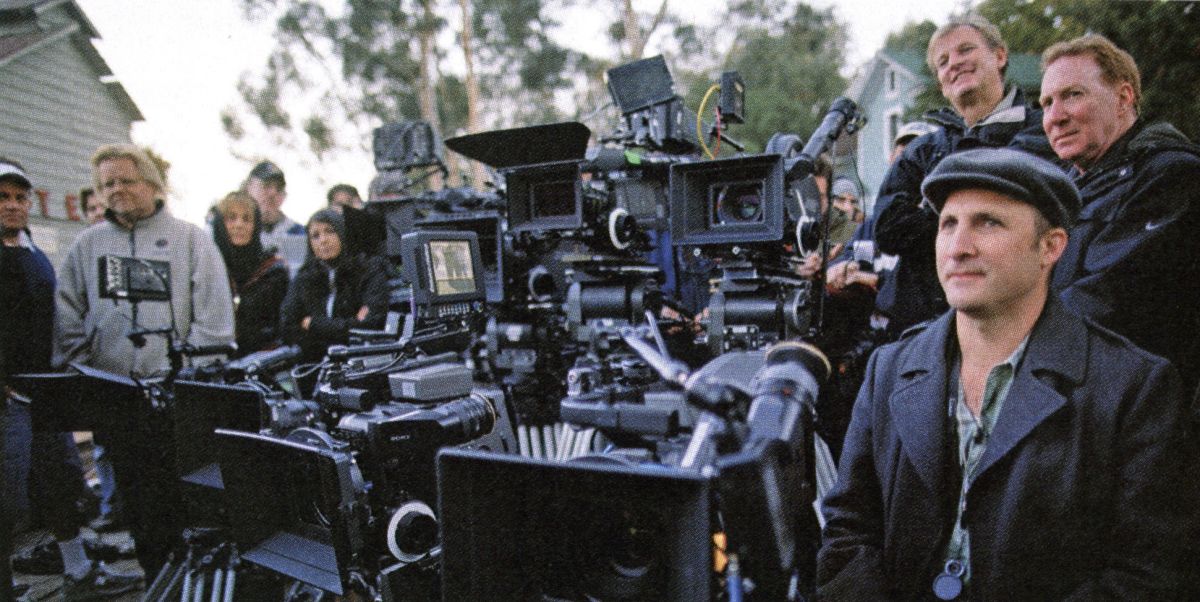
With the arrival of the 21st century, many in Hollywood saw that digital cinema was a foregone conclusion. In March 2002, representatives from all of the major studios — Metro-Goldwyn-Mayer, Paramount Pictures, Sony Pictures Entertainment, 20th Century Fox, Universal Pictures, the Walt Disney Co. and Warner Bros. — decided to work out the particulars of this new digital world as a joint effort. This new collective eventually became known as Digital Cinema Initiatives. Per DCI’s own website, its “primary purpose is to establish and document voluntary specifications for an open architecture for digital cinema that ensures a uniform and high level of technical performance, reliability and quality control.”
Simultaneous to these endeavors, the Society of Motion Picture and Television Engineers (SMPTE) was also investigating potential standards for digital cinema, and the International Telecommunications Union (ITU), a specialized agency of the United Nations, was about to recommend federal standards for digital cinema in the United States and to other governments around the world. The plan constructed by the ITU Task Group 6/9 was to recommend the high-definition (1920 x 1080) television standard as the basis for digital cinema exhibition — a proposal that was met, thankfully, with great resistance.

Going back to the early 1990s and the introduction of Kodak’s Cineon system — the first non-video technology for the digitization of film — some savvy cinematographers had seen the proverbial writing on the wall. Among them was Steven Poster, ASC, who in 2002 was serving as Society president. “It was apparent that we were losing clout and momentum in the technology world, and everything was starting to go crazy,” he recalls. “After seeing what [early digital cameras] could and couldn’t do and what was coming at us with the DI process, I realized very quickly that we could lose control of the entire image if we didn’t insert ourselves in a very strong way into the process of transitioning to digital — there was the threat of being left out in the technological cold. I decided to form the Technology Committee to take a stand on these issues.”
That reborn Technology Committee would need a committed leader well-versed in the issues of the day, and with the foresight to recognize well in advance new developments that were just cresting the horizon. “I went through the roster and tried to figure out whom I would recommend as chair,” Poster says, “and Curtis Clark [ASC] was the only name I came up with. His expertise and past experience with technology made him a perfect choice. I knew he would have the staying power to follow it through — and look at what he’s done!”
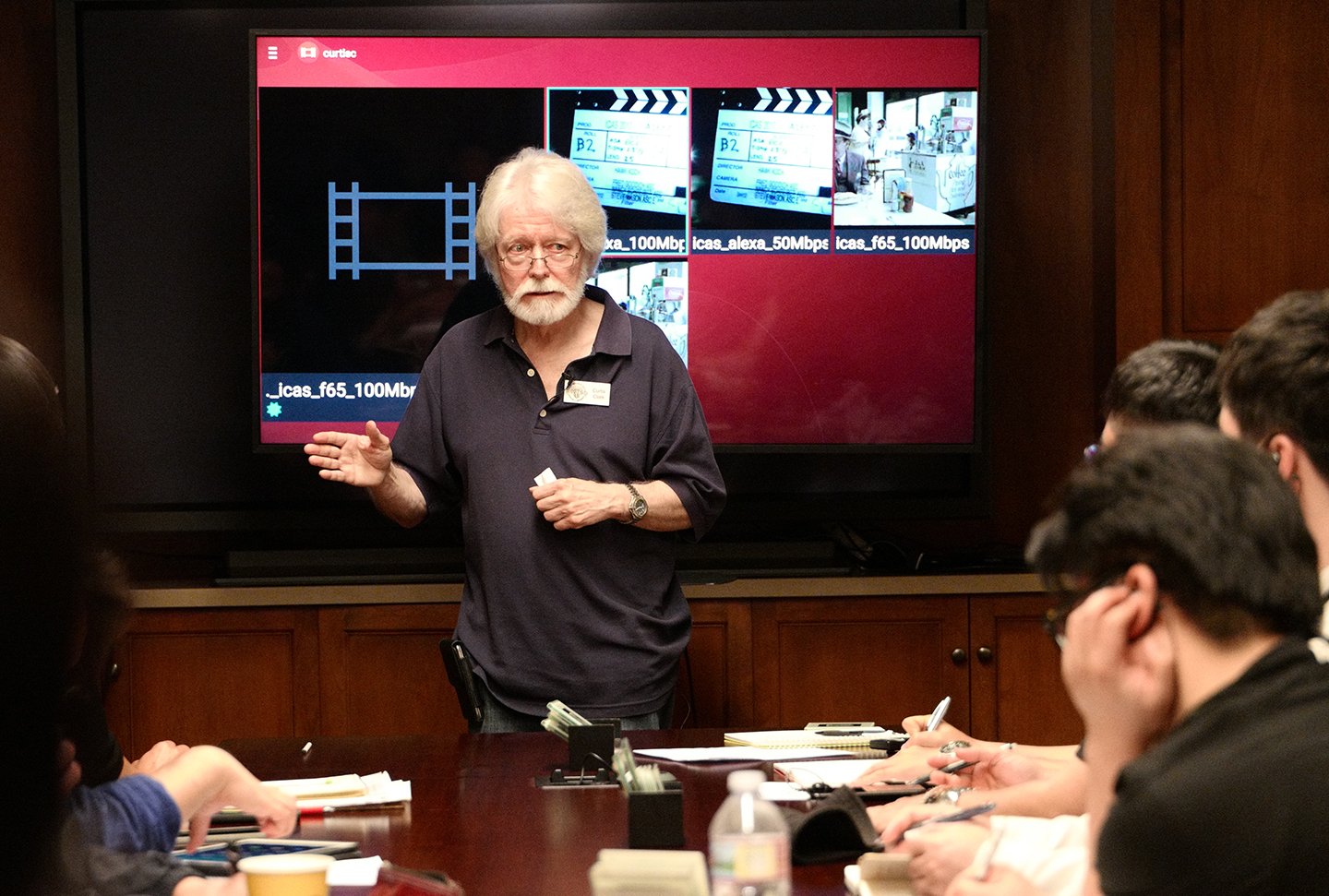
“There’s certainly no doubt that digital imaging technology has been a disruptive force impacting our traditional filmmaking workflow.
“The creative role of the cinematographer as a key contributor to the artistic vision of a film was firmly established during the photochemical era, when the cinematographer was generally considered to be responsible for overseeing the creation of a ‘look’ established in collaboration with the director. After all, the cinematographer needed to have a practical knowledge of and experience with the film-based photographic system to effectively practice the art of cinematography.
“With the advent of digital imaging technologies, things have certainly become more complex, and the traditional value of the cinematographer’s creative contribution needs to be reinforced. This includes having a practical knowledge of and experience with the creative possibilities enabled by the new digital imaging canvas, e.g., expanded dynamic range (HDR), wide color gamut (ACES), etc. Also, look management, starting with previs, needs to be recognized as a purview of the cinematographer, especially with increasing integration of VFX and virtual production techniques.
“I believe it’s possible to retain and reinforce the traditional role of the cinematographer in this new era by demonstrating the ability to apply these digital imaging tools to the creation of images that support a creative vision in collaboration with the director.” — Curtis Clark, ASC
In an early draft of the Technology Committee’s mission statement — from November 2002, before the Committee’s inaugural meeting in January 2003 — Clark identified six major areas of concern for cinematographers regarding the coming digital revolution: HD digital motion picture cameras, digital visual effects, digital intermediates, digital source mastering, digital cinema and digital image compression. Given that scope, it was decided early on that the new Technology Committee needed to reach beyond the active and associate membership roster, and to enlist technological experts from cinematography-related disciplines such as color science and digital-sensor creation. And so, the Technology Committee became only the second of the ASC’s committees that allowed non-members to join. (The Awards Committee was the other.)
“We wanted to learn to understand the process in a way that would be best for the art and craft of cinematography,” Poster recounts. “I admonished all of the people — manufacturers, vendors and scientists — that when they crossed the threshold of the ASC, they were no longer from [the companies they represented]. They were to consider themselves part of the ASC, and they were there to do good for everybody.”
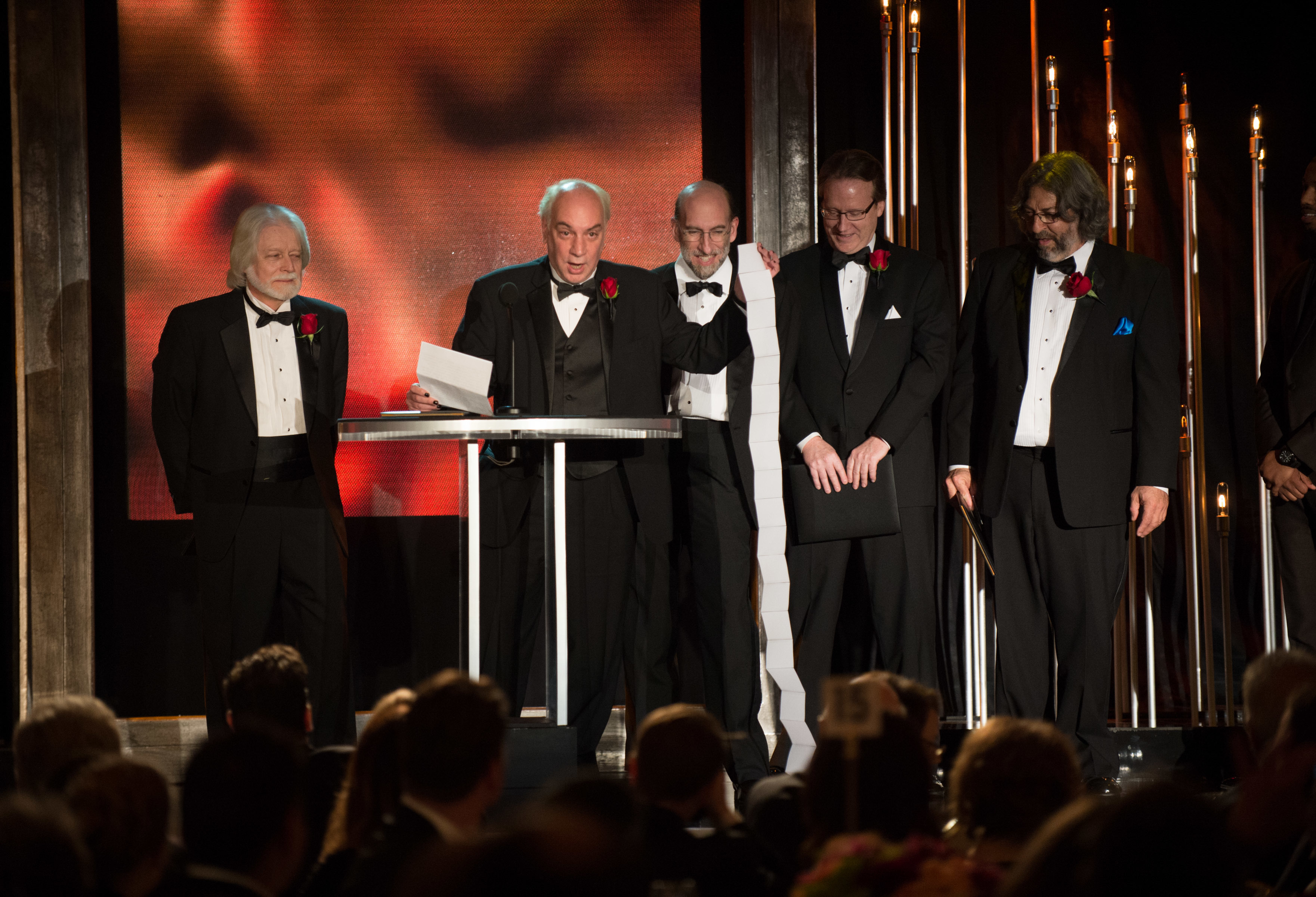
With Clark as the newly appointed Committee chair, Poster joined as vice chair, and David Reisner — an independent consultant on new technologies and business who had already been assisting with the ASC’s response to the ITU’s proposal, and who, in 2012, would be made an associate member — was named secretary. Early members included active ASC cinematographers Russ Alsobrook, Peter Anderson, John Bailey, Steven Bernstein, Stephen H. Burum, Alan Caso, Allen Daviau, Bill Dill, John Dykstra, Richard Edlund, Ron Garcia, John Hora, Mark Irwin, Jeffrey Jur, John Newby, Daryn Okada, David Stump, Theo van de Sande and Roy H. Wagner, and associate members Joerg Agin, Mitch Bogdanowicz, Gary Demos, Rob Hummel, George Joblove, Lou Levinson, Greg McMurry, Jerry Pierce, Christopher Reyna, Leon Silverman, Garrett Smith, Evans Wetmore and Hoyt Yeatman. By February 2003, several subcommittees had been formed with specific areas of focus including digital intermediate, image acquisition, and digital projection and distribution formats.
The Technology Committee’s finished mission statement read in part, “Some of the most pressing issues that the committee needs to address include an array of digital technologies that have been and are being progressively introduced into the motion-picture-imaging workflow. … Cinematographers will become increasingly vulnerable to certain industry trends that could marginalize our creative contributions, [which] have been the cornerstone of filmmaking since its inception.”
Indeed, one of the Committee’s earliest tasks was to further the Society’s strong stand against the ITU’s recommendations. To do this, the Technology Committee joined forces with the ASC International Committee, then chaired by Society member John Toll, in order to communicate with various cinematography societies all over the world and to create a united front of global filmmakers demanding stronger, higher standards recommendations. Reisner was appointed as a liaison to communicate the issues with many foreign societies.
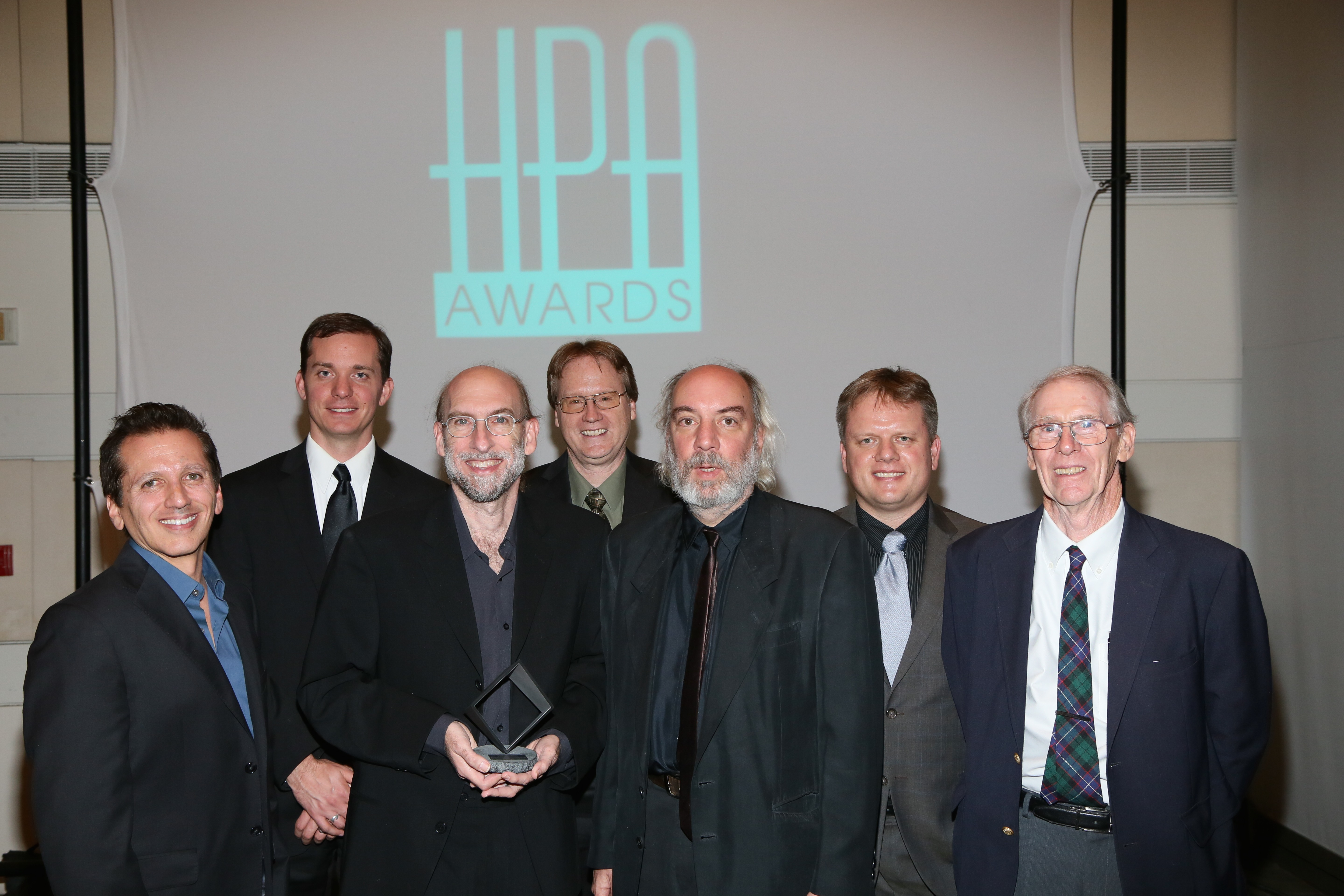
The Committee also recognized that if it were to demand higher standards for digital cinema, it would have to provide material upon which to demonstrate and test those standards — which was also a need recognized by DCI. And so, a plan for the creation of the Standard Evaluation Material (StEM) was born. Its objective was to increase the recommended standard for digital cinema projection so that it would need to match — or surpass — the capacity of 35mm film. Through the close involvement of the ASC and its Technology Committee, DCI made standards recommendations based on the quality of image derived from a Kodak Vision film print struck from the original camera negative. This standard actually exceeded the quality of theatrical film projection, for which prints were struck from internegatives that were generations removed from the original camera negative.
“We created the StEM not just to test digital projection,” Clark recalls, “but also to test compression technologies used in creating a digital cinema package, including JPEG 2000, which won out among other compression schemes that were contenders.”
Following the success of the StEM, Clark and the Technology Committee collaborated with AC editor Douglas Bankston on the two-part article “The Color-Space Conundrum,” which offered a comprehensive exploration of the importance of understanding color space and its impact on cinematographers’ work (AC Jan. ’05, April ’05). That in turn was followed in 2006 with the four-part Authoring Images, a supplement to AC that was presented in collaboration with the Art Directors Guild Technology Committee; the series explored how new digital look-management and previsualization tools had the potential to reinforce the creative collaboration between directors, cinematographers and production designers.
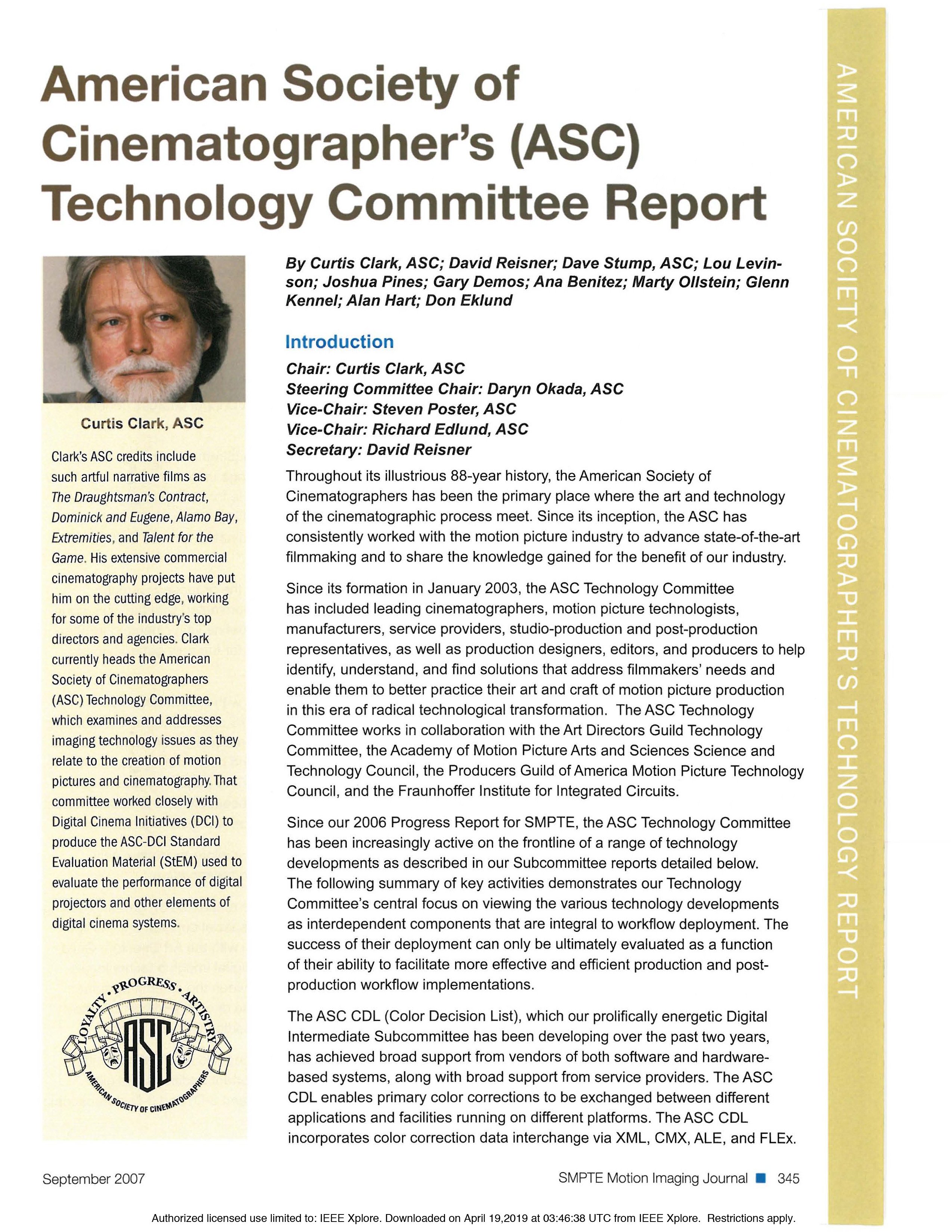
Recognizing the important work being done by the ASC Technology Committee, SMPTE invited the Society to submit annual progress reports on the Committee’s areas of interest, study and research for publication in the SMPTE Motion Imaging Journal. The first report appeared in 2007, and the ongoing series has helped foster and sustain a dialogue between engineers and end users, especially cinematographers — which, in essence, has been the Technology Committee’s core purpose from the start.
The year 2007 also saw a major effort led by Stump, in which the Technology Committee worked in cooperation with AMPAS to examine the integration of camera metadata.
Another major industry contribution was the development of the American Society of Cinematographers Color Decision List (ASC CDL) by the Technology Committee’s DI Sub-committee. The ASC CDL is a cross-platform RGB color-grading language that enables primary color corrections to be exchanged between different applications and facilities running on different platforms. The tool has been widely adopted and is now nearly ubiquitous throughout the industry. The ASC CDL has been recognized with three awards: a Technical Achievement Award (Academy Certificate) from AMPAS, an Engineering Emmy from the Academy of Television Arts & Sciences, and a Hollywood Post Alliance Judges Award for Creativity and Innovation in Post Production.
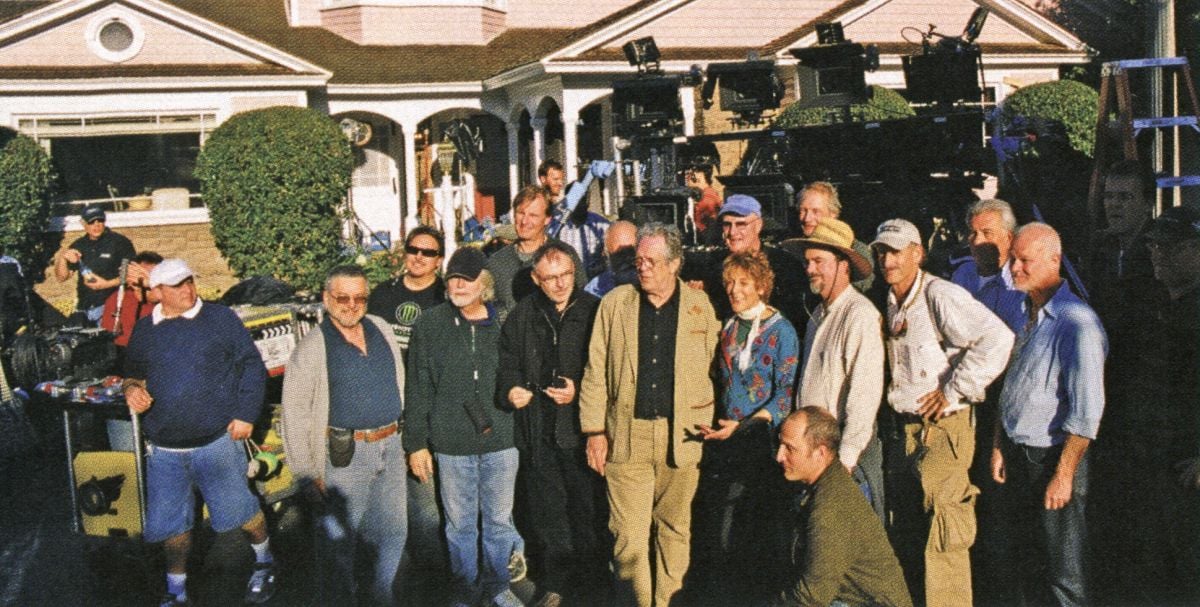
By 2009, the industry had witnessed a sizable increase in the number of digital cameras hitting the market, and so the ASC joined forces with the Producers Guild of America’s Motion Picture Technology Committee and Revelations Entertainment — both of which were headed by producer Lori McCreary — to conduct the Camera Assessment Series (AC June ’09, Sept. ’09). The CAS assessed the photographic performance of seven digital motion-picture cameras in comparison with 35mm film via a 2K DI workflow.

Among the small army that came together to conduct the CAS tests were Clark, Stump and Toll, as well as fellow ASC members Peter Anderson, Bill Bennett, Rodney Charters, Richard Crudo, Mark Doering-Powell, Richard Edlund, Steven Fierberg, Michael Goi, Shelly Johnson, Jacek Laskus, Matthew Leonetti, Stephen Lighthill, Karl Walter Lindenlaub, Kramer Morgenthau, Robert Primes, Roberto Schaefer, Nancy Schreiber and Kees van Oostrum. Multiple sequences were shot, revealing limitations in digital cameras using 10-bit interfaces, and in 12-bit DPX postproduction workflows.
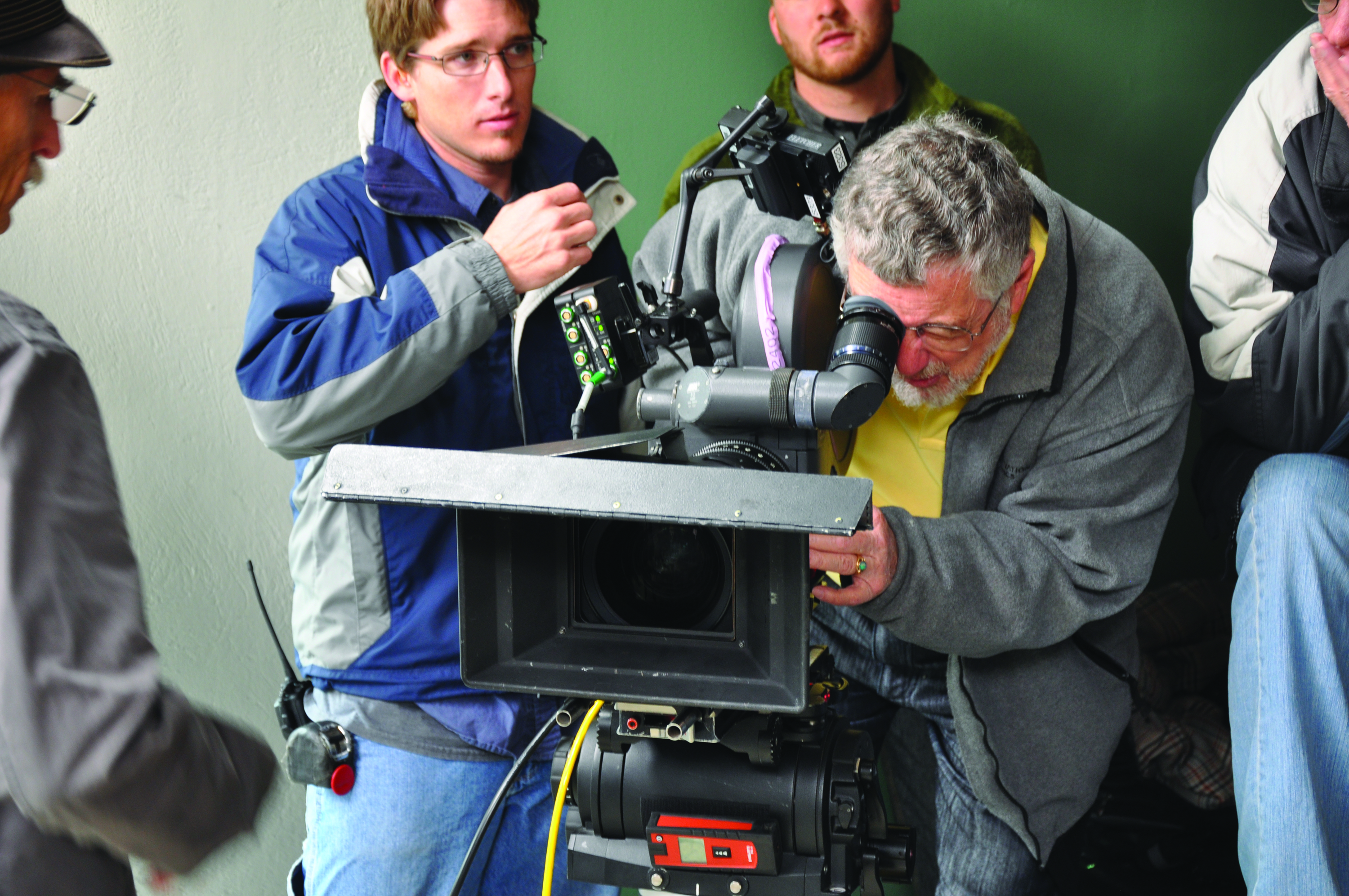
In turn, the findings of the CAS laid the foundation for another groundbreaking ASC Technology Committee collaboration: the Academy Color Encoding System (ACES). Described as “an innovative open and transparent cross-platform color-management system supporting dynamic range and color gamut greater than film,” ACES was developed by AMPAS with significant collaboration from the ASC and ASC Technology Committee members. An early production that put the ACES workflow to the test was the short Kickstart Theft, co-directed and co-photographed by Frederic Goodich, ASC and Vilmos Zsigmond, ASC, HSC (AC Nov. ’12).
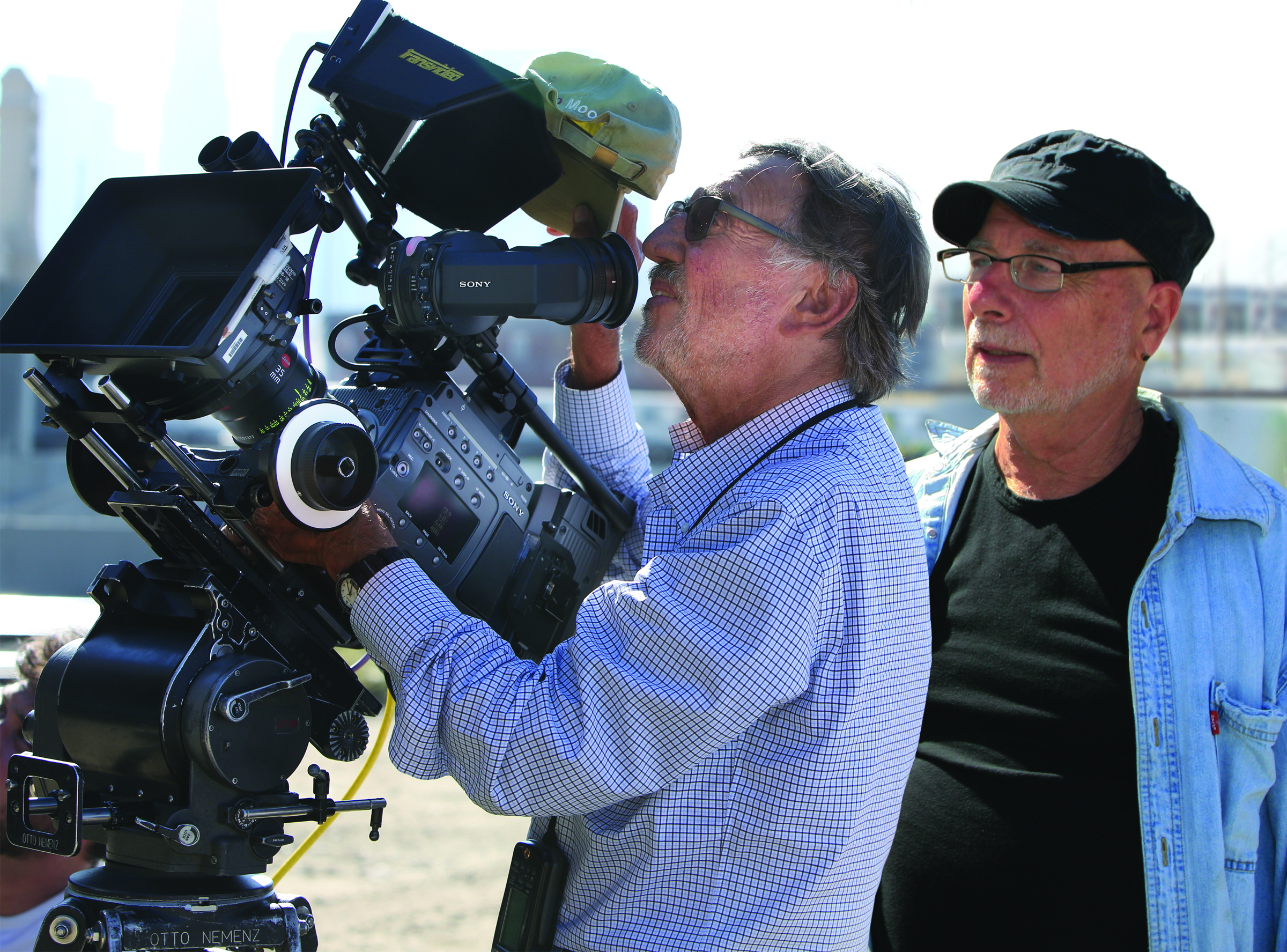
In 2012, in an effort to support the design, development and implementation of ACES and to move beyond the vicissitudes of “snowflake workflows” on productions working in the digital realm — a phrase coined by ASC associate Leon Silverman, who observed that no two productions ever used exactly the same workflow — the Technology Committee played a lead role in the ASC-PGA Image Control Assessment Series (AC Sept. ’12), which again included the support of Revelations Entertainment. Effectively serving as a “sequel” to the CAS, the ICAS assessed five digital motion-picture cameras in comparison with a 35mm film reference using an ACES-based 4K DI postproduction workflow. The series contributed greatly to the further development of ACES.
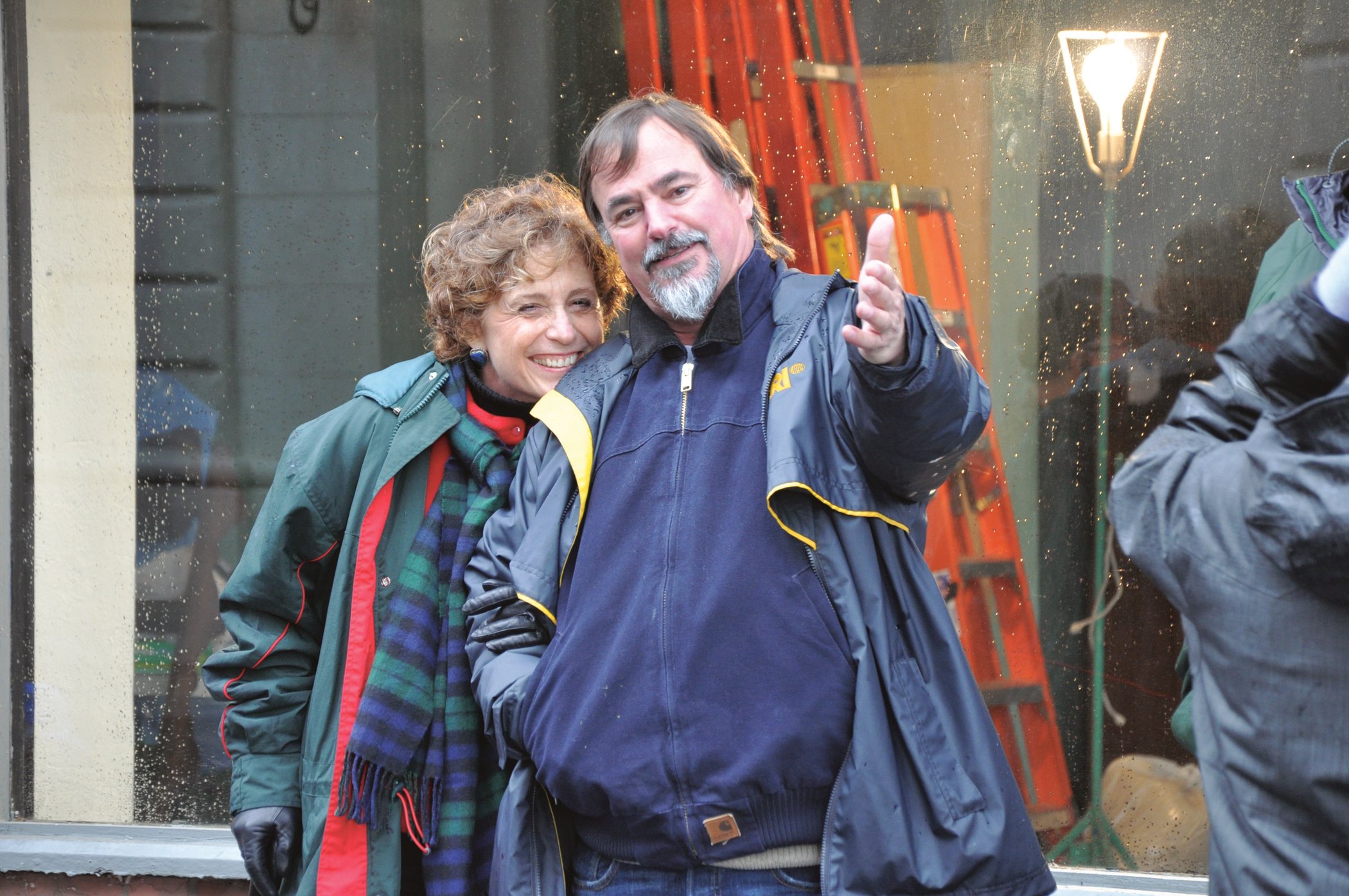
Prior to this, the ASC Technology Committee and the Art Directors Guild formed a joint Previsualization Subcommittee, which in turn helped to inspire the creation of the Previsualization Society. The ASC Technology Committee’s Virtual Production Subcommittee, chaired by David Morin, also grew out of the Previsualization Subcommittee, and in 2010 it joined with the Art Directors Guild, the Previsualization Society, the Visual Effects Society, the International Cinematographers Guild and the PGA to form the Joint Technology Subcommittee on Virtual Production. Over a two-year period, more than 200 members from the six guilds and societies participated in an in-depth examination of the advancements of virtual production. The joint group started with an investigation of James Cameron’s Avatar (AC Jan. ’10), which made heavy use of virtual-production processes. Each subsequent meeting offered an in-depth case study of a different feature, including The Adventures of Tintin, Real Steel, Gravity (AC Nov. ’13) and Dawn of the Planet of the Apes.
More recently, the Technology Committee also turned its attention toward advances in laser projection, high-dynamic-range reproduction, ultra-high-definition television, wide-gamut color space, and high-frame-rate shooting.
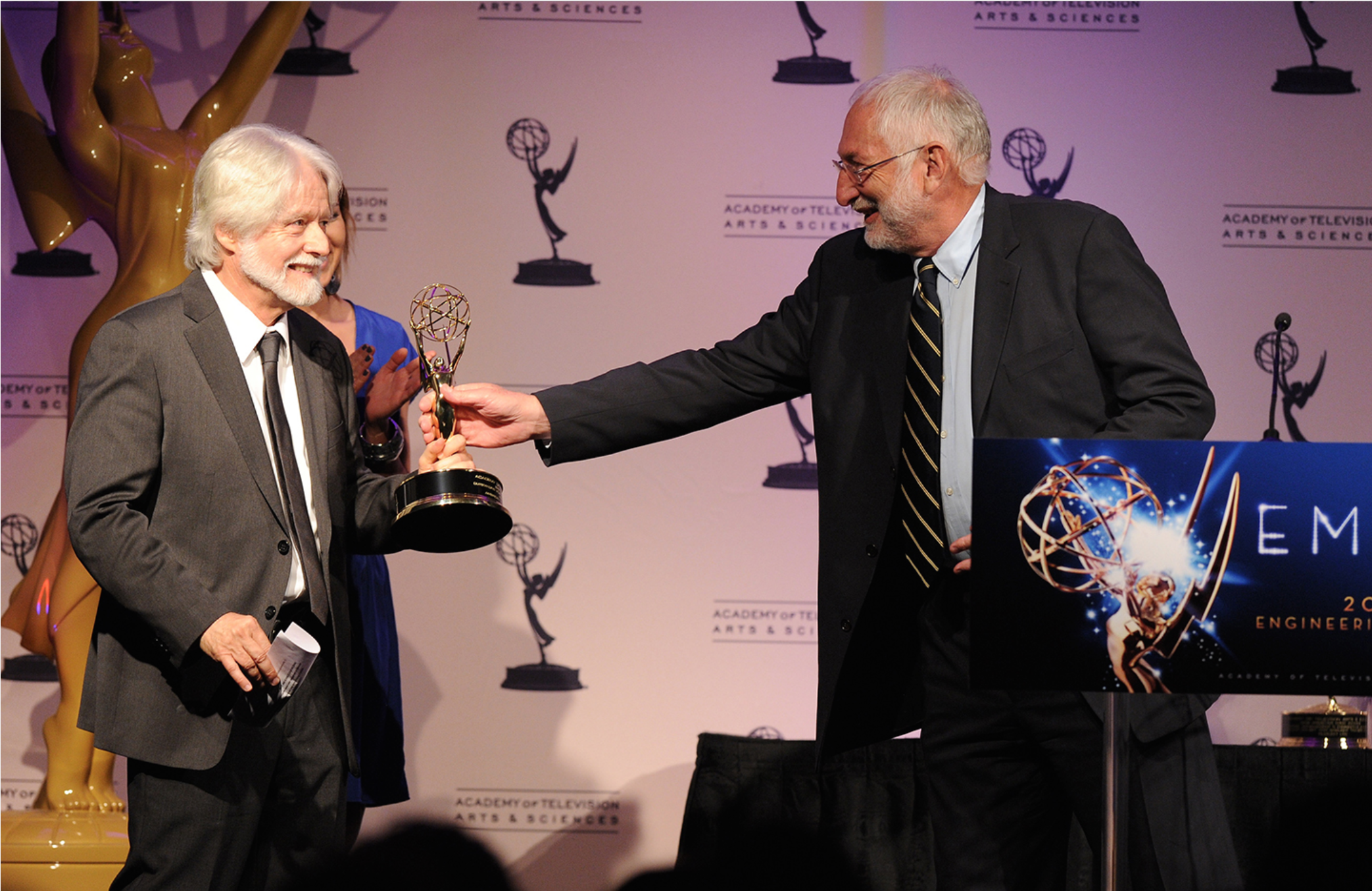
Additionally, the Committee’s Next Generation Cinema Display Subcommittee produced the “ASC Display Evaluation Plan & Test Protocol” in 2016 in an effort to identify where the filmmakers’ point of view adds value in theatrical display systems, independent of technology. The paper represents a first step toward defining a method for the evaluation of parameters that characterize next-generation laser-based cinema projection as well as emissive-screen displays.
In 2017, the Technology Committee was renamed the ASC Motion Imaging Technology Council, abbreviated MITC — which is pronounced “My Tech.” Simultaneously, the Technology Committee’s subcommittees were restructured to become full committees. This evolutionary step reflects the degree to which the committees work together on key industry issues as well as the influence the former Technology Committee and now MITC has in the motion-picture industry.
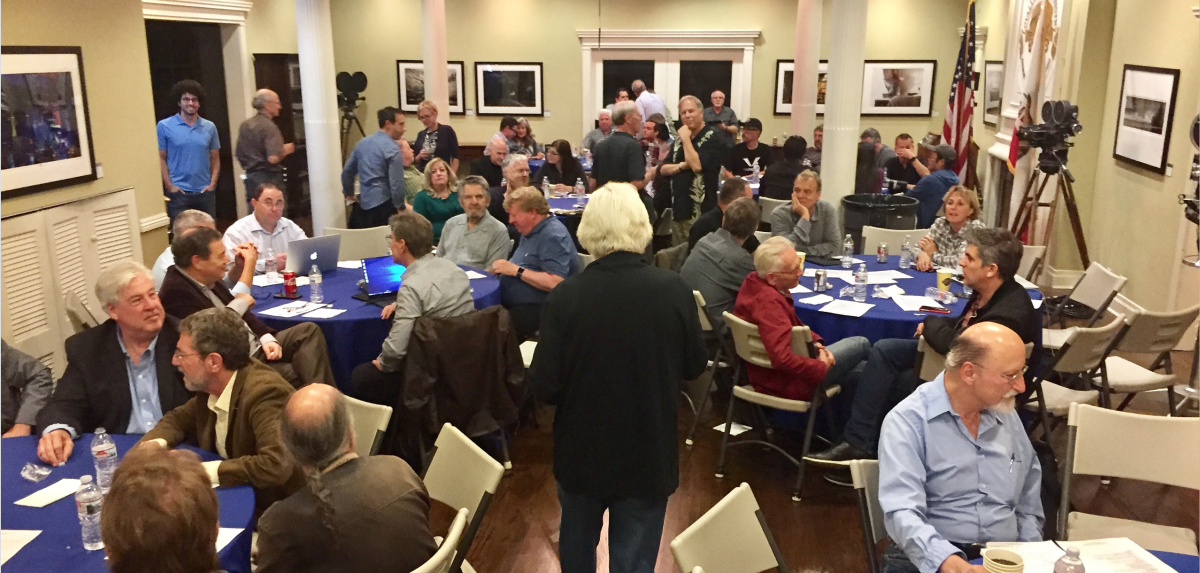
With clear roots that can be traced back through the formation of the Technology Committee and all the way to the founding of the ASC, MITC now counts more than 150 members serving across 15 committees, two subcommittees and three working groups. Under the MITC banner, Clark authored the “Understanding High Dynamic Range” white paper, which was written for filmmakers — rather than engineers — to help them better understand HDR and its importance. MITC’s upcoming initiatives include a next-generation cinema display and test protocol; further examinations of virtual production and virtual reality; and continuing work with AMPAS toward the development of ACESNext.

Clark remains Council chair today, and he has been a key figure in sharing the work of MITC, and the Technology Council that preceded it, with the next generation of cinematographers through the ASC Master Class and ASC Technology Master Class. “Curtis is the most tenacious — and yet soft-spoken — technology guru,” ASC President Kees van Oostrum observes. “And he has the greatest creative sense for cinematography.”
For his part, Clark adds, “There’s still work to be done!”
You'll find much more about the Motion Imaging Technology Council here, including an archive of their annual SMPTE reports.
Click here to download a PDF of this article as it originally appeared in the April 2019 issue if AC.






